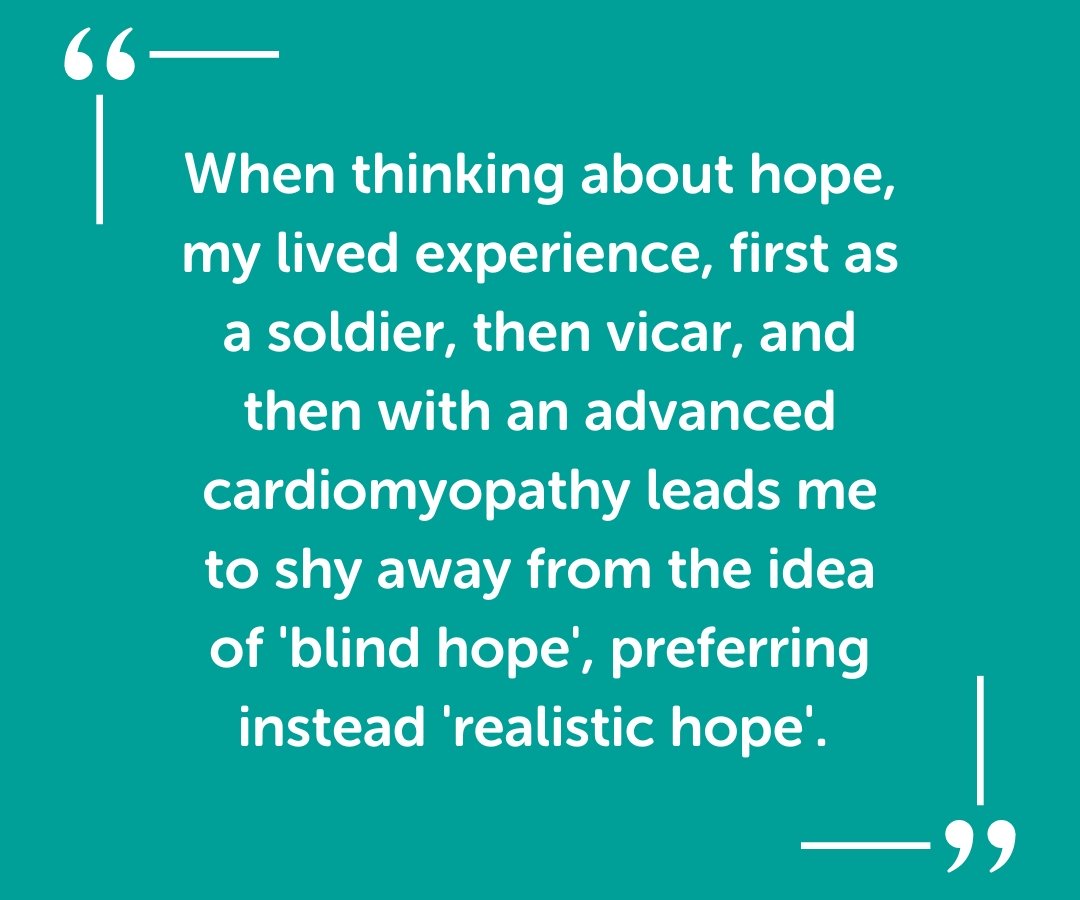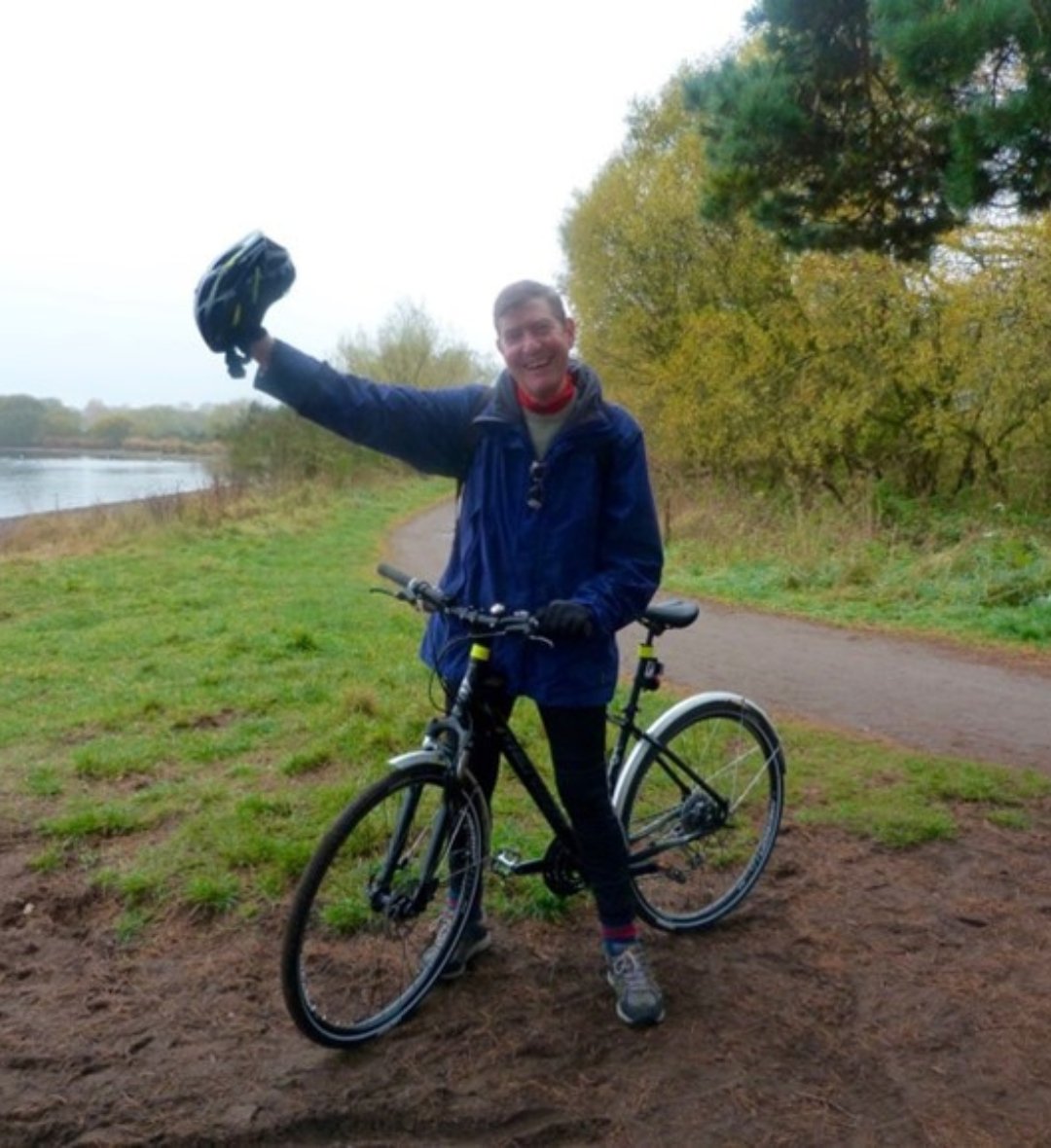Cardiomyopathy UK Trustee, Stephen, was diagnosed with dilated cardiomyopathy (DCM) and heart failure in 2005. Here, Stephen recounts his experience and considers the idea of ‘hope’ from diagnosis, through treatment and a successful heart transplant.
Here’s the short version of my story. Diagnosed with DCM and severe heart failure in 2005; 6 months complete rest; then a return to part-time work for 18 months; early retirement in 2007. Gradual decline over the next 7 years with arrhythmias, two bouts of Atrial Fibrillation, a cardioversion, with amiodarone and warfarin added. There were periodic crises, ambulances, A&E admissions, followed by discharge home on increased medication; by 2013 I was on everything possible. Cardiac Resynchronisation Therapy (CRT) was prescribed in April 2014 (though would not be fitted until January 2015).
Then in August 2014, we moved to Scotland, but the effort involved precipitated a rapid decline. I was having to give up more, feeling ashamed that I could no longer get up hills. I was unaware (or unbelieving?) of the truth that I was moving into advanced heart failure. In the end, the CRT(P) was fitted in early 2015 by which time I was very frail. My idea of “a treat” was to be taken out to yet another garden centre and to be pushed to the coffee shop in a wheelchair - it was wretched. By March I’d had 4 blue light admissions to various Scottish A&E departments and then, after a chance encounter with my consultant whilst waiting on an Assessment Ward in Dundee, I was referred to the Glasgow Transplant Centre.

In truth, I had no idea how ill I was and it took a very frank, very forthright talk from the team looking after me to convince me I was dying and had only a short time to live. I was immediately put on the UK transplant list and given powerful IV drugs to help keep my heart beating, and then, just a day or so later I suffered a cardiac arrest in my sleep. I surfaced to find a nurse pumping on my chest, the “crash team” gathered around. They had saved me, but I needed mechanical support – an intra-aortic balloon pump – and was placed on the urgent transplant list. Just two weeks later, on the 9th of May 2015, the hopes and prayers of my family were answered, and I was gifted a donor heart by the wonderfully courageous and generous actions of my donor’s family.

The transplant wasn’t an easy process and was further complicated because I’d been so weak before, but I was home just 22 days later. Inevitably, the first-year post-transplant brings issues for most people, and overall survival rates of 84% at the end of year one make it clear that there are no 100% guarantees. But I was fortunate; within 10 weeks of such major surgery, I’d cycled a 5kms circuit, and I conquered our local very big hill just 10 months post-transplant. My life had been saved and now, nearly 7 years on, I continue to enjoy a really good quality of life and have the opportunity to give something back.
So, if ever you were to reach the stage where there is talk that you may need a transplant, I trust my story might provide you with reason for realistic hope.
We know that a diagnosis of cardiomyopathy can feel overwhelming and frightening. We often hear from our community that hearing the experiences of others and their families can be a lifeline, helping them to feel reassured, informed and less isolated. If you would like to share your story, click the link below.